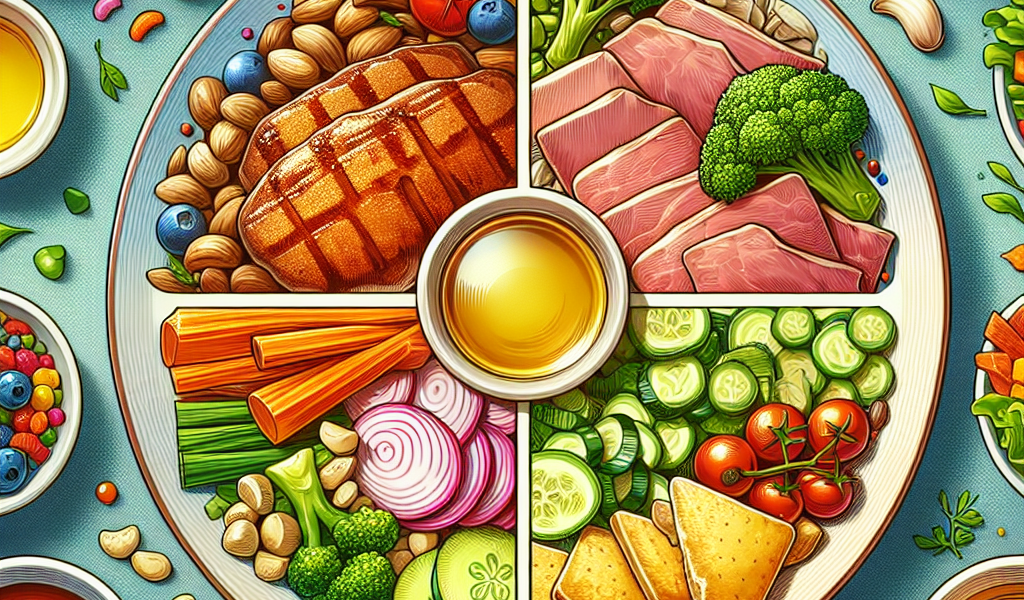How Many Calories
This article provides an extensive guide about the role of calories in your dietary needs, including how many calories you require, how to lose them, and the caloric content of a range of common foods. It aims to answer all your burning queries related to your daily caloric consumption and nutrition – everything from the number of calories in a pound to the count in an avocado, from how many calories you should aim to burn each day to those in a chicken breast, and many more relevant topics to help you better comprehend and manage your daily dietary needs. By the end of the article, you’ll be well-versed in the world of calories, equipped to make informed decisions about your food intake and its impact on your weight management and overall health.
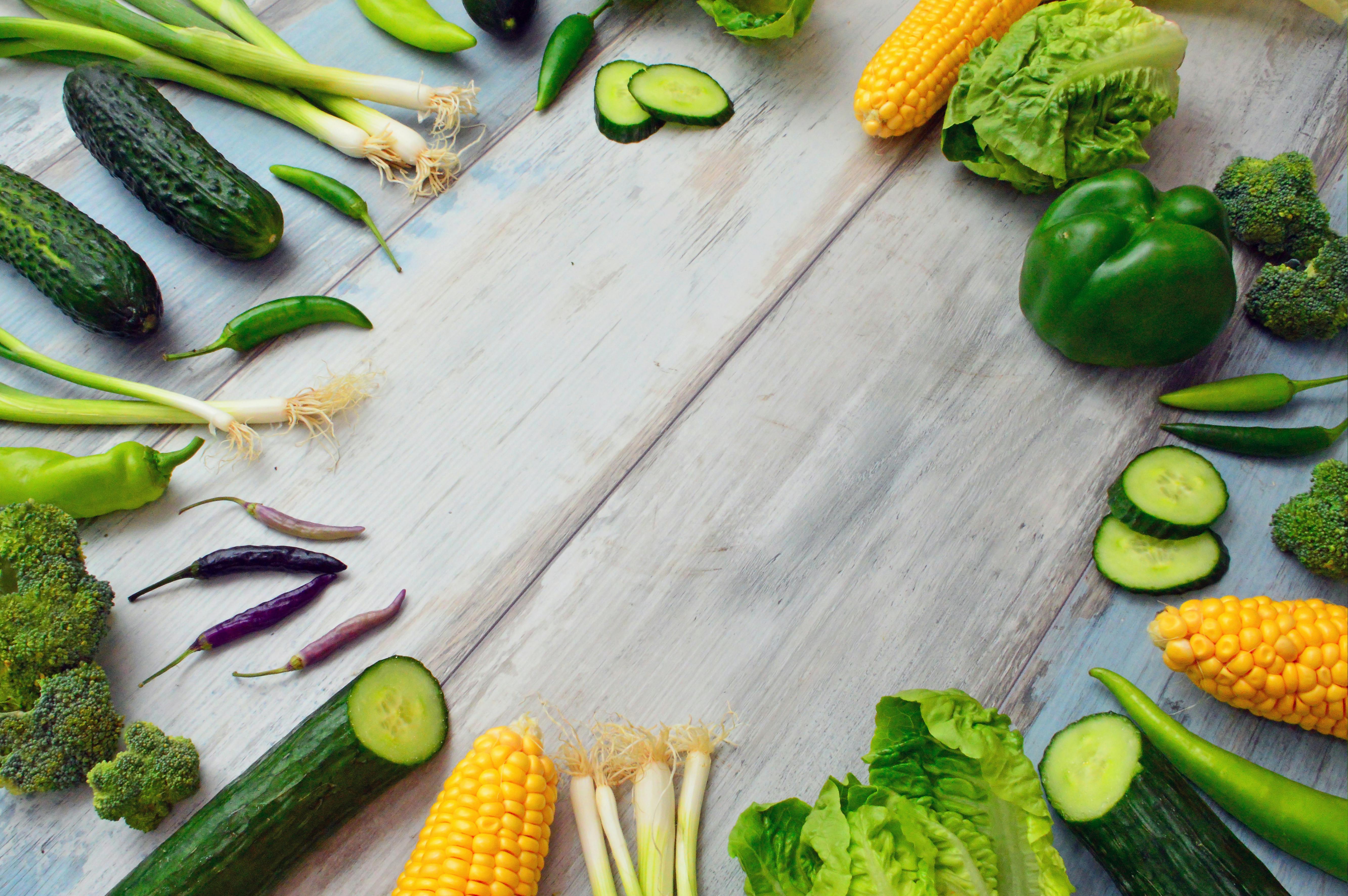
Understanding Calories
What are calories?
Calories are units of measurement used to quantify the amount of energy contained in foods and beverages we consume. Scientifically, a calorie is defined as the amount of heat needed to raise the temperature of one gram of water by one degree Celsius. However, in the context of nutrition and diet, when you refer to calories, you’re actually talking about kilocalories (Kcal), which is the energy needed to raise the temperature of one kilogram of water by one degree Celsius.
Why is calorie count important?
Monitoring your calorie intake is important because the body uses calories for energy, and it needs a certain amount of energy to function optimally. If you consume more calories than your body burns, the excess calories are stored as fat, leading to weight gain. Conversely, if you consume fewer calories than your body needs, you will lose weight, as the body will start to break down its fat stores for the energy it lacks.
The role of calories in weight management
Balancing the number of calories you consume with the number you burn can help you maintain a healthy weight. Consuming too many calories without burning enough can lead to weight gain, while regularly consuming fewer calories than you burn can lead to weight loss. However, it’s not just the quantity but also the quality of the calories that matters. Nutrient-dense foods are preferable to foods high in empty calories, like those rich in sugar and unhealthy fats.
Daily Caloric Needs
Determining how many calories you need in a day
Your daily caloric needs are determined by several factors, including your age, sex, weight, height, and physical activity level. The average adult requires around 2000 to 2500 calories a day, but this is highly individual and can be influenced by the factors mentioned above.
Factors influencing daily caloric needs
Metabolic rates, body composition, and activity level heavily influence your daily caloric needs. If you’re more active, you burn more calories and, consequently, need more to maintain your weight. Conversely, a sedentary lifestyle lessens your calorie need. Age and sex also play significant roles: men often require more calories than women, and caloric needs generally decline with age as muscle mass decreases and metabolism slows.
Understanding BMR and daily caloric burn
Your Basal Metabolic Rate (BMR) is the number of calories your body needs to perform basic functions, such as maintaining temperature, circulating blood, and adjusting hormone levels, while at rest. This doesn’t include calories burned through physical activities. Hence, your daily caloric burn is your BMR plus the additional calories burned through any physical activities performed in a day.

Weight Loss and Calories
Projecting caloric needs for weight loss
To lose weight, you must create a calorie deficit by consuming fewer calories than you burn. This deficit can be achieved through a combination of lowering your calorie intake and increasing your physical activities.
How many calories should one eat to lose weight?
A common guideline for weight loss is to cut about 500 to 1000 calories from your daily intake. This can result in a weight loss of about 1 to 2 pounds per week, which is considered a safe and reasonable goal. However, this should be customized depending on your specific needs, weight, and activity levels.
Caloric deficit and its importance in weight loss
A caloric deficit is when you burn more calories than you consume. This forces your body to use its fat stores for energy, resulting in weight loss. Persistent deficits are usually needed for long-term weight loss. However, it’s important not to go into a severe caloric deficit as it can lead to muscle loss, nutrient deficiencies, and a host of other health issues.
Calorie Content in Different Foods
Calories content in popular fruits: Apples, Bananas, Oranges, Strawberries, Mangoes, Watermelons and Avocados
Fruits are generally low in calories while also being rich in essential nutrients. An average-sized apple has about 95 calories. A medium-sized banana provides around 105 calories. An orange contains approximately 60 calories, while a cup of strawberries has just over 50 calories. This makes them healthy choices for snacks. However, some fruits like mangoes are slightly higher in calories, with a medium-size mango yielding about 150 calories. Watermelon, due to its high water content, is quite low in calories with a cup offering about 45 calories. Avocados, while considered a fruit, are high in beneficial monounsaturated fats and contain around 240 calories each.
Caloric content in popular proteins: Eggs, Chicken Breast
Proteins are an essential part of the diet and can also aid in weight loss as they keep you feeling full for longer. a large egg has about 70 calories and is packed with essential nutrients. A 100-gram serving of skinless, roasted chicken breast has around 165 calories. These protein sources also have the added advantage of being versatile and easy to incorporate into various meals.
Caloric content in specific condiments: Vodka
Alcoholic beverages can add a significant number of calories to your intake. A shot of vodka, for example, contains about 64 calories. Being mindful of your intake of alcoholic beverages can help control your overall caloric intake.
Caloric content in popular vegetables: Cucumber, Sweet Potato
Vegetables are typically low in calories, making them a good choice for weight management. A medium cucumber contains only about 45 calories. A medium sweet potato, on the other hand, is more calorically dense, yielding about 110 calories, but is loaded with beneficial nutrients including fiber, vitamins, and minerals.
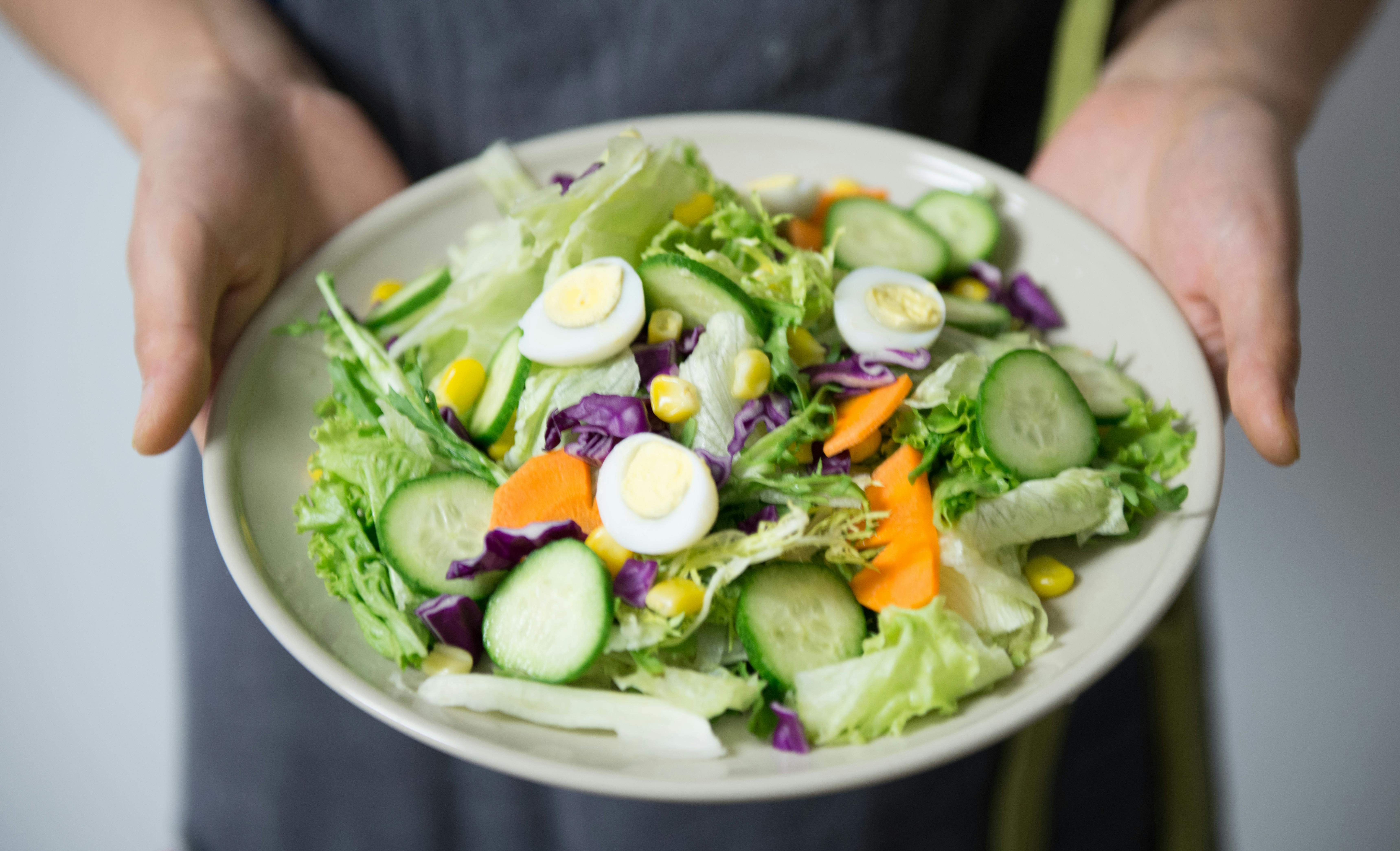
Managing Your Caloric Intake
Counting calories for effective weight management
Counting calories can be an effective strategy for managing your weight. It allows you to keep track of what you’re consuming, and can help you make conscious decisions about your eating habits. This can help you achieve and maintain a healthy weight.
Tips to reduce caloric intake without starvation
Reducing caloric intake doesn’t necessarily mean you have to starve yourself. It could just mean choosing foods that are less calorically dense and more nutrient-dense. Drinking water before meals, increasing your intake of proteins and veggies, choosing whole grains over refined grains, and decreasing your portion size are all effective ways to reduce your caloric intake without feeling deprived.
High calorie foods to avoid
Foods high in sugar, unhealthy fats, and refined grains are usually calorically dense. These include pastries, processed foods, sugary drinks, and fast food. Regular consumption of these foods can lead to a caloric surplus and weight gain. While it’s okay to enjoy these foods occasionally, it’s important not to make them a staple of your diet.
Low calorie foods to incorporate in your diet
Foods that are low in calories but high in nutrients, such as fruits, vegetables, lean proteins, and whole grains, make good additions to your diet. They not only help you manage your caloric intake but also supply your body with the necessary nutrients it needs to function optimally.
Burning Calories Through Exercise
Exercises that burn most calories
High-intensity exercises, such as running, swimming, cycling, aerobics and high-intensity interval training (HIIT), tend to burn a significant amount of calories. Strength training is also important as it helps build muscle mass, which burns more calories at rest than fat mass.
Determining how many calories you burn in a day
Determining how many calories you burn in a day is important in managing your caloric balance. This can be influenced by factors like your BMR, the type and amount of physical activities you do, and your body composition. There are various online calculators that can help you estimate your daily caloric burn based on these factors.
How to burn a pound of calories: Exercise strategies
A pound of fat is approximately equal to 3500 calories. To burn a pound of fat, you would have to create a caloric deficit of 3500 calories. This can be achieved through a combination of reducing caloric intake and increasing caloric burn through appropriate exercises.
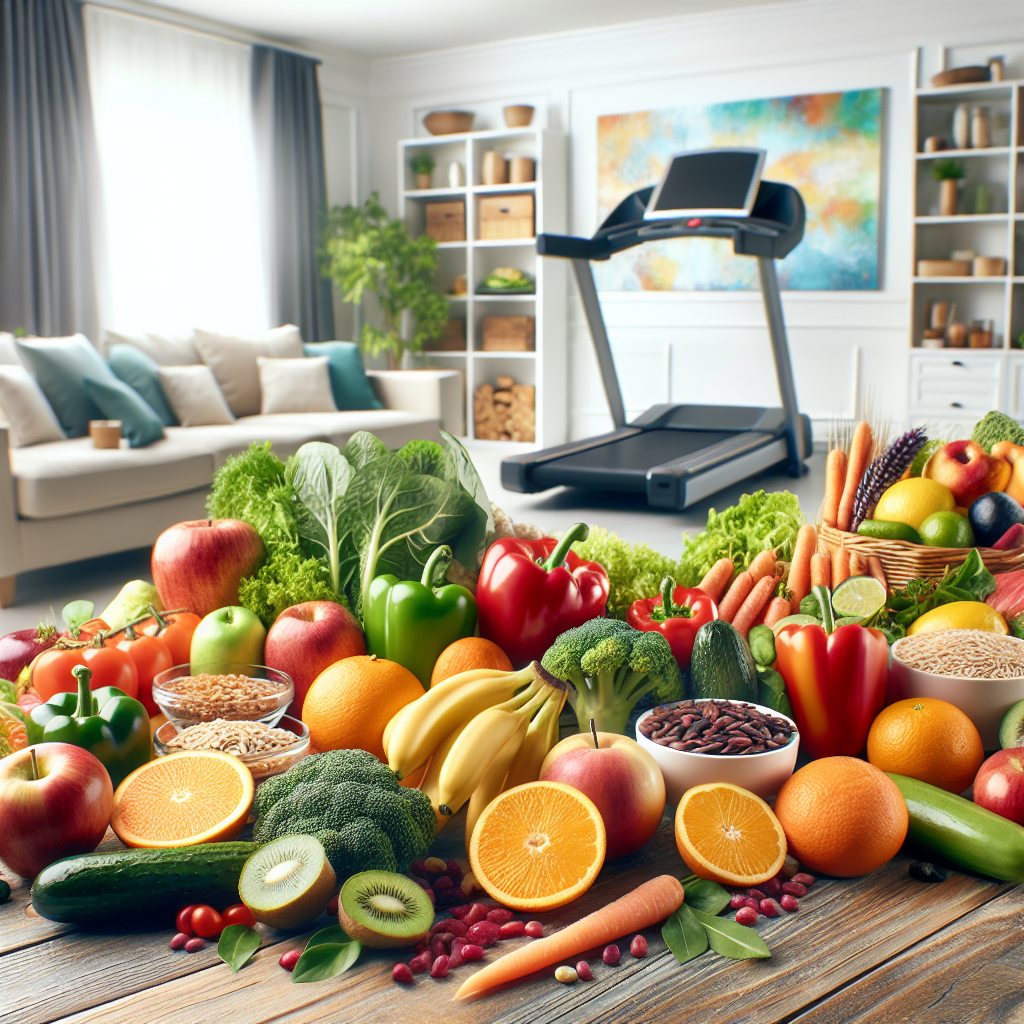
Caloric Intake and Lifestyle Factors
The impact of lifestyle on caloric needs
Your caloric needs are influenced by your lifestyle. If you live an active lifestyle, you will need more calories than if you are sedentary. This is because physical activity increases your energy expenditure, hence, you need more calories to meet those energy needs.
Calories and sedentary vs active lifestyle
A sedentary lifestyle usually requires fewer calories than an active one. However, being sedentary increases your risk for health problems, including obesity. Therefore, even if you have a sedentary job, it’s essential to incorporate regular physical activity into your daily routine.
How caloric needs change with age
As you age, your caloric needs gradually decrease. This is mainly because muscle mass decreases with age, leading to a slower metabolism. Consequently, if you continue to consume the same number of calories as when you were younger, it can lead to weight gain. As such, adjusting your caloric intake as you age can help maintain a healthy weight.
Understanding Food Labels
How to read caloric information on food labels
Reading food labels can help you keep track of your caloric intake. The caloric information is often located on the top portion of the food label. Remember that the caloric content listed is usually for one serving of the food or beverage, not the entire package.
The role of serving sizes in caloric content
The number of servings you eat determines the number of calories you consume. Therefore, knowing and sticking to appropriate serving sizes is crucial to managing your caloric intake effectively.
Differentiating between ‘calories’ and ‘kilocalories’ on food labels
In terms of food labeling, there is often confusion between ‘calories’ and ‘kilocalories’. In the United States and many other countries, ‘calorie’ is used when ‘kilocalorie’ is technically correct. Therefore, when you see ‘calories’ on food labels, it’s actually referring to kilocalories.
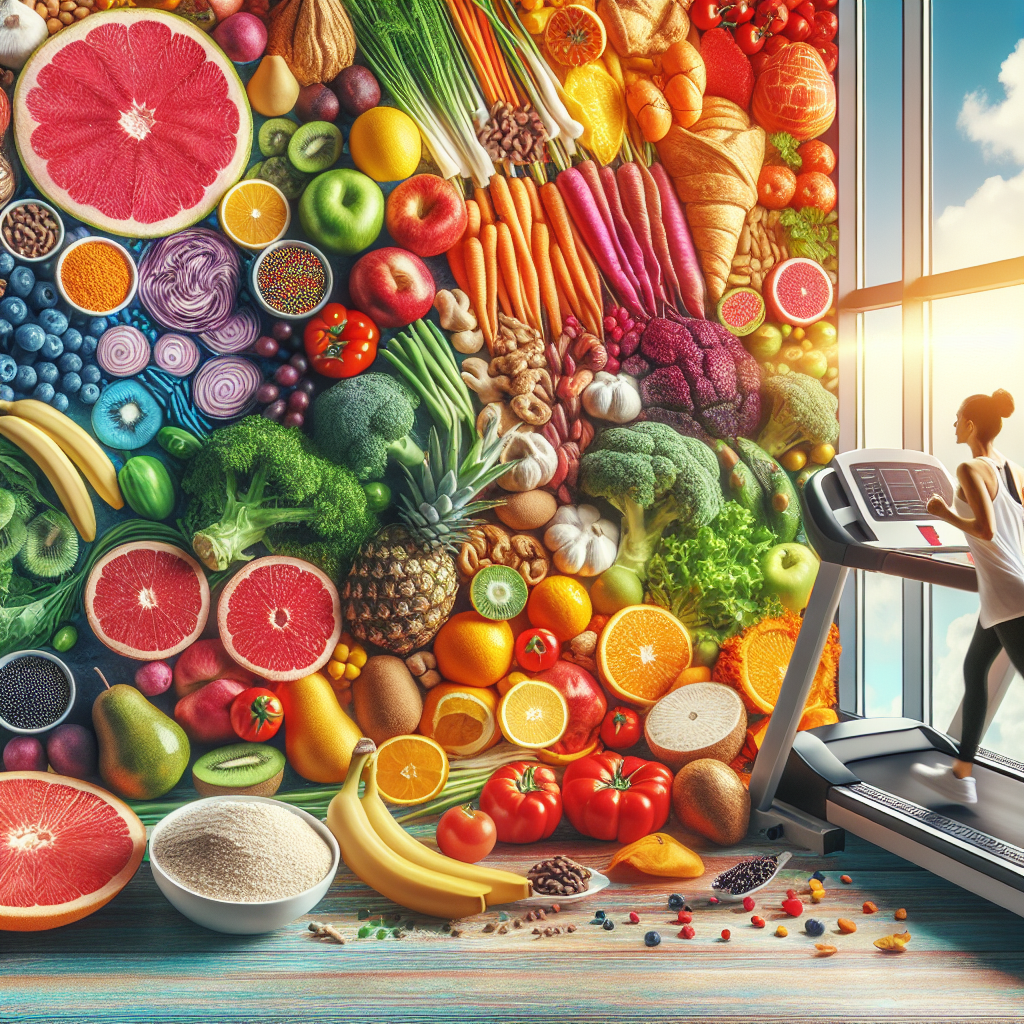
Calorie Counting Tools and Techniques
Using mobile apps for counting calories
Mobile apps make counting calories easier and more convenient. They can help you keep track of your daily caloric intake, monitor your progress, and make healthier food choices. Some popular calorie-counting apps include MyFitnessPal and Lose It!.
Online calculators to determine caloric needs and burn rate
Online calculators can help you determine your daily caloric needs based on your age, sex, weight, height, and activity level. They can also help you figure out your daily caloric burn, which is essential in managing your caloric balance.
Using food diaries for keeping track of caloric intake
Maintaining a food diary can help you keep track of the calories you consume. This can be done traditionally using pen and paper or digitally using various available apps. Recording your food and drink intake can make you more mindful of your eating habits and aid in weight management.
Myths About Calories
Common misconceptions about calories
There are several common misconceptions about calories. One of the major ones is that all calories are the same. While it’s true that a calorie is a unit of energy, the source of the calorie can significantly impact your health. For instance, 100 calories from a candy bar won’t have the same nutritional value as 100 calories from a piece of fruit.
The truth behind ‘negative calorie’ foods
Negative-calorie foods are claimed to require more energy to digest than they provide, resulting in a net loss of calories. While some foods are low in calories and high in fiber, like celery, no scientific evidence supports the claim that any food requires more calories to digest than it provides.
Debunking the myth of ‘calories in vs calories out’ equation
The ‘calories in vs calories out’ model implies weight management is purely a matter of consuming fewer calories than you burn. While it’s somewhat true, the nature of calories consumed and expended matters. For instance, protein calories are used differently than fat or carb calories. Also, intense physical activity burns calories differently than light activities. Therefore, it’s not just about quantity but also quality.
To conclude, understanding the concept of calories, the role they play in weight management, and how to control your intake based on various factors, including age, sex, activity level, can be the key to achieving and maintaining a healthy weight. Although the process might seem complex initially, and despite the many misconceptions that exist, with consistent effort and informed choices, managing your calories becomes a straightforward process that sets the foundation for a healthier lifestyle.

